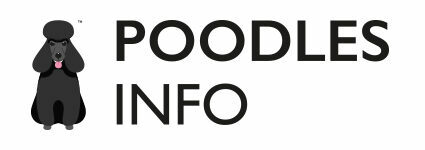Cockapoo Shedding: What to Know & How to Manage
Welcome to your guide on Cockapoo shedding! As an enthusiast or hobbyist, it’s essential to understand this lovable breed’s unique characteristics. In this article, we’ll dive into everything you need to know about Cockapoo shedding – from the breed’s origins to grooming tips and diet recommendations that can help minimize shedding.
Cockapoo breed overview
The Cockapoo is a popular designer dog breed, created from the mix of a Cocker Spaniel and a Poodle. Originating in the United States around the 1950s, the breed was specifically crafted to combine the best traits of both parent breeds, including intelligence, trainability, and a low-shedding coat – a feature that is particularly appealing to those who may suffer from allergies. With their curly, wavy coat, affectionate nature, and energetic personality, the Cockapoo has become an increasingly popular choice for pet owners looking for a friendly and adaptable furry companion.In terms of temperament, the Cockapoo is known for being friendly, outgoing, and eager to please, making them excellent family pets that are able to adapt to various environments. As a crossbreed, their traits are somewhat variable, but generally speaking, they are intelligent, trainable, and relatively low-maintenance compared to other breeds. Their coat, which is either curly like a Poodle or wavy like a Cocker Spaniel, is one of the major draws for many people. The Cockapoo’s coat can be a range of colors depending on their genetic inheritance, but regardless of the color, one thing that appeals to many Cockapoo enthusiasts is their minimal shedding.Cockapoo shedding is typically low due to the influence of the Poodle’s genetics in their makeup. Poodles are renowned for their hypoallergenic coats that shed minimally and produce less dander compared to other breeds. Although Cockapoos are not completely non-shedding, they generally shed less than other breeds. It’s important to bear in mind that individual Cockapoos might inherit more of the Cocker Spaniel’s coat traits, which could result in a slightly higher shedding rate. For your Cockapoo to maintain a healthy coat and minimize shedding, consistent grooming, such as regular brushing and occasional trims, is necessary. Practicing good grooming habits not only ensures the comfort of your Cockapoo but also helps reduce allergens in your home and keeps their signature wavy or curly coat looking its best.
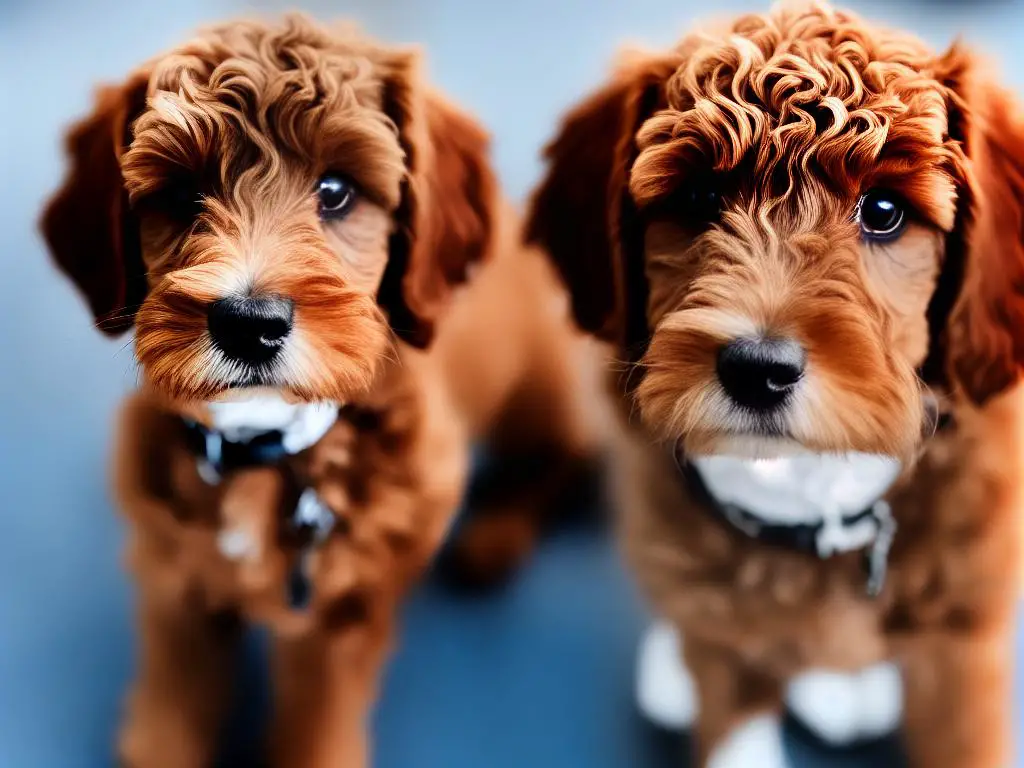
Cockapoo coat types
The coat types of Cockapoos can vary significantly due to the mix of Poodle and Cocker Spaniel genes they inherit. Generally, there are three distinct coat types found in Cockapoos: curly, wavy, and straight. Each type of coat possesses unique characteristics that can influence shedding tendencies, which is essential for owners to comprehend and manage effectively. Understanding your Cockapoo’s specific coat type and its shedding patterns will enable you to tailor your grooming routine accordingly, ensuring the health and comfort of your beloved pet while keeping your home as allergy-friendly as possible.Curly-coated Cockapoos closely resemble their Poodle ancestors, with tight curls that are low-shedding. Due to the minimal shedding, they are often a popular choice for people with allergies. However, curly coats require regular grooming to prevent matting and to maintain cleanliness. Wavy coats, also known as “fleece” coats, are a blend between the Poodle and Cocker Spaniel coat types, resulting in soft, loose curls or waves. This coat type generally has a higher chance of shedding than curly coats, but it is still considered low-shedding compared to many other dog breeds. As for straight coats, which are similar to the Cocker Spaniel parent, they tend to have the highest shedding tendencies among the three types. Despite that, it is often still considered lower than average shedding compared to other breeds.Another factor contributing to Cockapoo shedding is the generation of the breed, commonly referred to as F1, F1b, or F2. An F1 Cockapoo is a first-generation cross between a Poodle and a Cocker Spaniel, resulting in a more unpredictable coat type in the offspring. F1b Cockapoos are a cross between an F1 Cockapoo and a Poodle, which often results in a more consistent and low-shedding coat type. F2 Cockapoos are bred from two F1 Cockapoos, creating a more variable coat type similar to the first generation. Understanding the different coat types and generations of Cockapoos is important for managing shedding and grooming expectations for your furry friend.
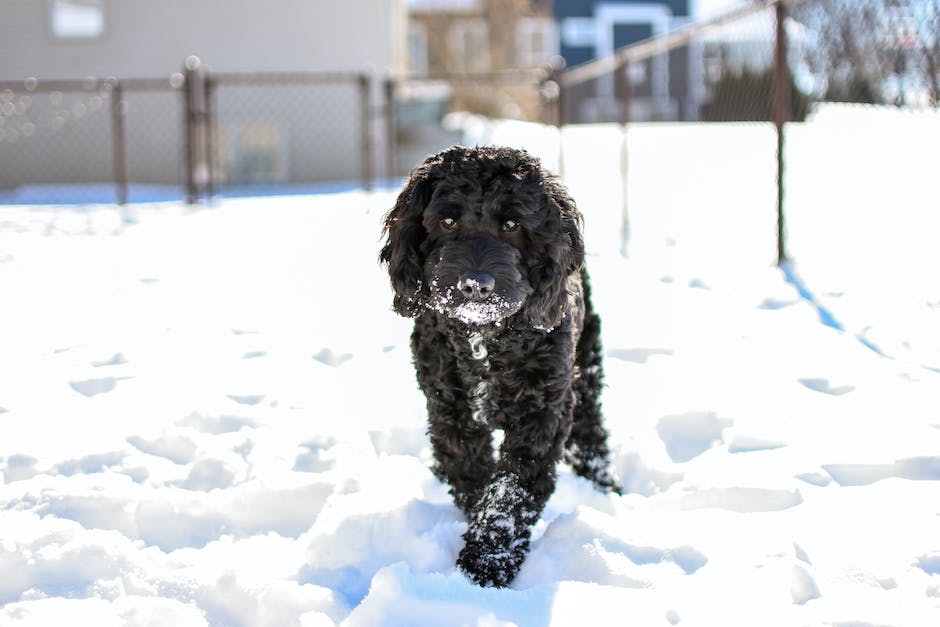
Shedding in Cockapoos
Cockapoos: A Hybrid Breed with Varying Shedding Tendencies
As a popular hybrid breed, Cockapoos are a mix of Cocker Spaniels and Poodles. Thus, their shedding tendencies can vary depending on which parent breed they take after more. Poodles are known for their low-shedding coats, while Cocker Spaniels shed moderately. As a result, Cockapoos inherit a coat type that can range from low-shedding to moderate-shedding, making them a suitable choice for those who are concerned about pet hair. However, it’s essential to note that each individual Cockapoo’s shedding habits may differ based on their unique genetic makeup, which connects to the importance of understanding the different coat types and generations mentioned previously.
The Hypoallergenic Reputation of Cockapoos
One of the reasons for the popularity of Cockapoos is their reputation as being hypoallergenic, which is largely attributed to the Poodle’s low-shedding coat. The term “hypoallergenic” means that a dog is less likely to trigger an allergic reaction in people who suffer from pet allergies. Although no dog breed is entirely allergy-free, breeds like the Poodle and, by extension, the Cockapoo, are considered more suitable for allergy sufferers as they release fewer allergens into the environment. The curly or wavy hair of the Cockapoo tends to retain dander and hair rather than shedding it throughout the home, which can significantly reduce the likelihood of an allergic reaction.
Regular Grooming for Healthy and Beautiful Coats
Cockapoos, a beloved hybrid breed deriving from Poodle and Cocker Spaniel parents, have varying types of coats that can be straight, wavy, or curly. To maintain the coat’s health and appearance, it is essential to groom your Cockapoo regularly, regardless of the specific coat type. Brushing your pet at least a few times per week will help remove loose hair, prevent matting, and reduce shedding. This diligent grooming routine will ensure that your Cockapoo not only looks but also feels its best.

Factors affecting Cockapoo shedding
When dealing with Cockapoo shedding, it is important to consider the various influencing factors, such as age, health, hormones, seasons, and genetics. As each Cockapoo’s shedding habits may differ based on the characteristics inherited from their Poodle and Cocker Spaniel ancestors, there is no one-size-fits-all approach. Generally, Cockapoos are considered low-shedders due to their Poodle lineage. However, in some cases, a Cockapoo might inherit a coat that sheds more than expected. By maintaining a regular grooming routine, shedding can be minimized, ensuring a clean and comfortable living environment for both you and your furry companion.
Cockapoo shedding can also be affected by the changing seasons. Dogs tend to shed more as the weather warms up, allowing them to maintain optimal body temperature by shedding their heavy winter coats. As Cockapoos are indoor pets, they may experience less seasonal shedding than outdoor dogs. Health and hormonal changes can impact shedding as well. For instance, a Cockapoo may shed more than usual due to stress, illness, or deficiencies in their diet. Regular checkups with a veterinarian and maintaining a healthy diet can help minimize excessive shedding due to health-related issues.
Understanding the factors that affect Cockapoo shedding is essential for enthusiasts who want to properly manage their pet’s coat maintenance. Individual genetics, the environment, and the dog’s overall health all play a role in shedding patterns. Additionally, the age of the Cockapoo influences shedding, with puppies often experiencing increased shedding as they transition into their adult coats around six to twelve months of age. Regular grooming during this period can help manage shedding and maintain a healthy coat. Conversely, older Cockapoos may experience changes in shedding as aging affects their skin and coat condition, making grooming even more important for these pets.
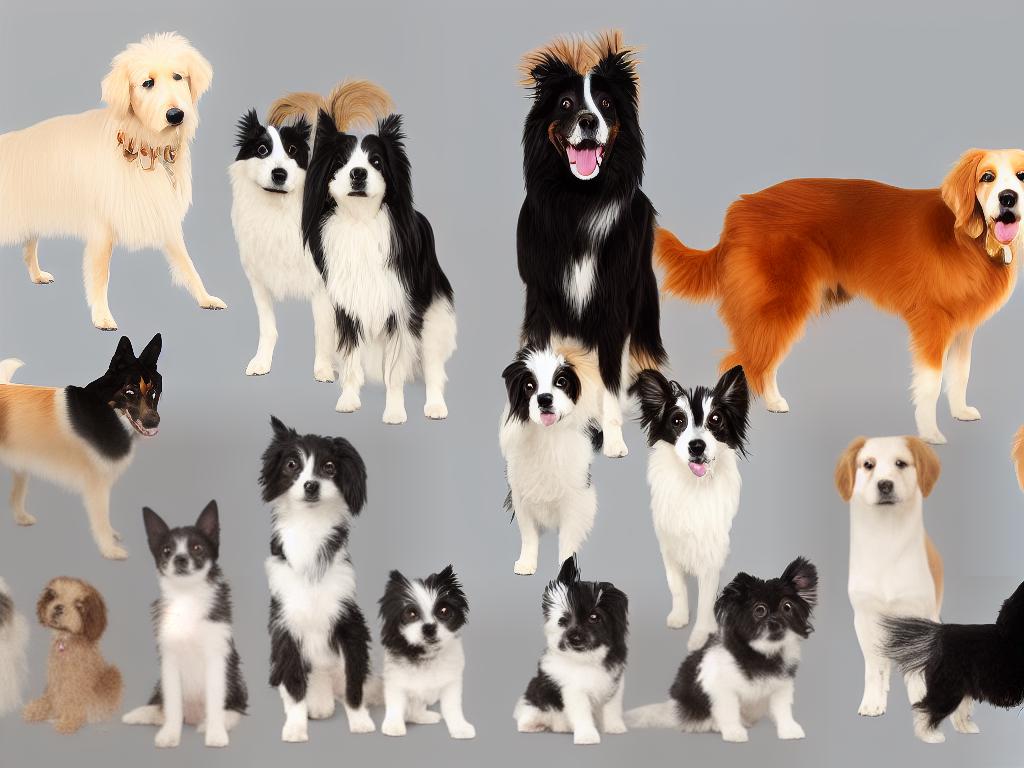
Grooming tips to reduce shedding
One effective method in controlling Cockapoo shedding is by establishing a consistent grooming routine. Ideally, you should groom your Cockapoo at least once a week to maintain the health and appearance of their coat. This routine should involve brushing the fur with a slicker brush to eliminate loose hairs, mats, and tangles. For more extensive grooming, you can also use a comb to reach the undercoat and remove any excess hair or debris. Regular grooming helps stimulate the skin and promotes healthy hair growth, contributing to reduced shedding.
Aside from brushing, it is crucial to trim your Cockapoo’s hair regularly, particularly if they have a longer coat. Long-haired Cockapoos are more prone to mats and tangles, which can lead to increased shedding. By keeping their coat maintained at an appropriate length, you can minimize the risk of excessive shedding. If you are unsure how to trim your Cockapoo’s hair properly, consider consulting a professional groomer for their expert advice and guidance.
Another key aspect of grooming your Cockapoo to reduce shedding is ensuring that they are bathed regularly. This helps remove any loose hair from their coat, making it easier to manage and maintain. When bathing your dog, be sure to use a gentle shampoo that is specifically formulated for dogs to avoid causing skin irritation or dryness. After bathing, it is essential to dry your dog thoroughly and brush their coat once more to eliminate any remaining loose hairs.
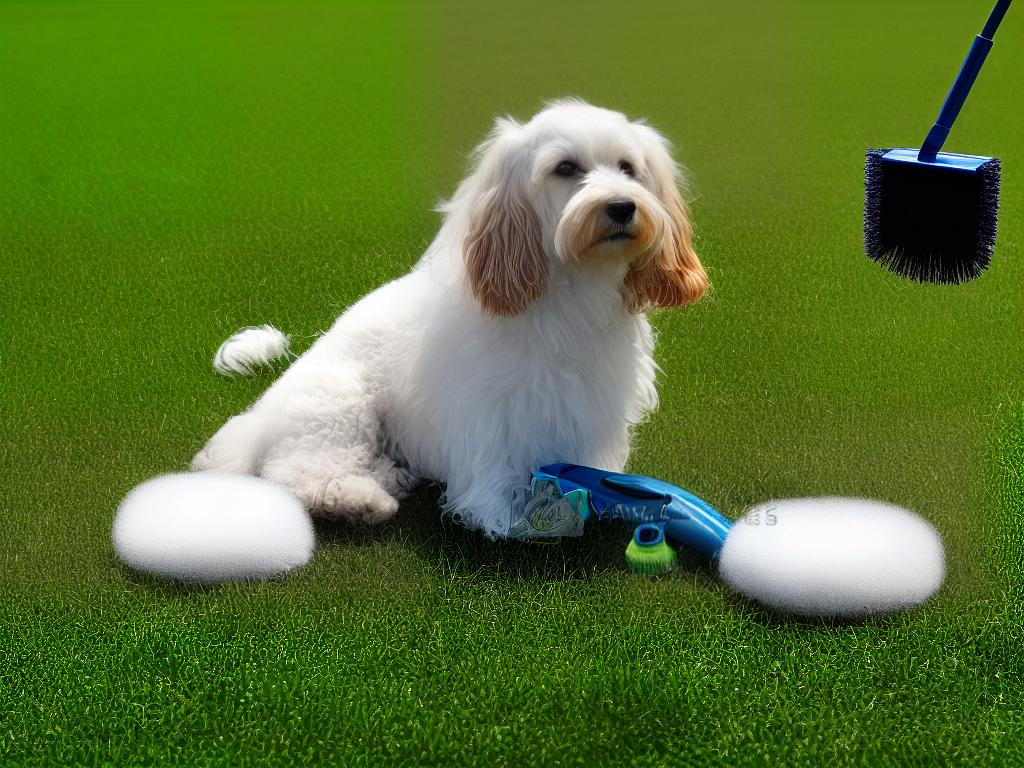
Diet and nutrition for a healthy coat
A balanced diet and proper nutrition play a significant role in maintaining a healthy coat for your Cockapoo and, in turn, minimizing shedding. A diet rich in high-quality proteins, essential fatty acids, vitamins, and minerals ensures that your furry friend receives the necessary nutrients for optimal hair growth and skin health. Omega-3 and Omega-6 fatty acids, in particular, contribute to a strong, shiny, and healthy coat. Therefore, choosing dog food with appropriate levels of these essential nutrients can help reduce excessive shedding and promote overall coat health.
In addition to offering a well-balanced diet, incorporating dietary supplements or treats containing Omega-3 and Omega-6 fatty acids, as well as Vitamin E, can further support proper hair growth and skin health. Fish oil supplements are an excellent source of Omega-3 fatty acids and can be easily incorporated into your Cockapoo’s diet. Similarly, flaxseed oil and sunflower oil provide a good source of Omega-6 fatty acids. When selecting dog food, opt for high-quality, natural foods that are free from artificial additives, fillers, and by-products. Choosing a grain-free recipe may also be beneficial for Cockapoos with sensitive skin or food allergies, as grains may contribute to skin irritation and shedding.
Another crucial aspect of promoting a healthy coat is to ensure your Cockapoo remains hydrated, as sufficient water intake aids in the maintenance of healthy skin and fur. Providing fresh water for your pet helps to prevent dehydration, which can lead to dry, flaky skin and increased shedding. By incorporating proper grooming techniques with a balanced diet and adequate hydration, you can effectively minimize shedding and maintain a healthy coat for your Cockapoo. Don’t forget to maintain their regular grooming routine, as it will complement your efforts in providing an ideal diet and hydration for your beloved pet.
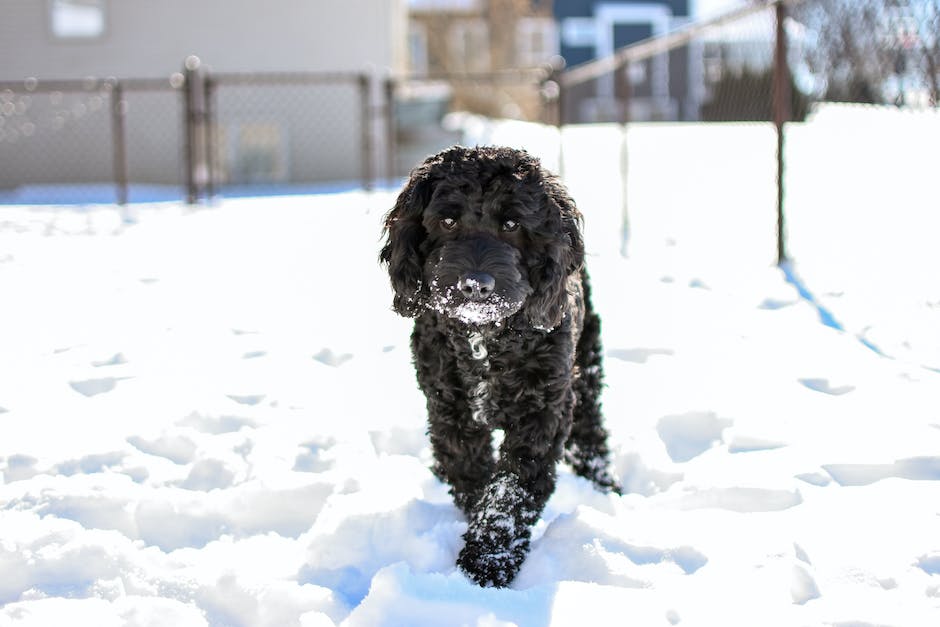
When to consult a professional
Besides offering a well-balanced diet, incorporating dietary supplements or treats containing Omega-3 and Omega-6 fatty acids, along with Vitamin E, can further support adequate hair growth and skin health. Fish oil supplements are an ideal source of Omega-3 fatty acids and can be effortlessly integrated into your Cockapoo’s diet. Likewise, flaxseed oil and sunflower oil provide a reliable source of Omega-6 fatty acids. When selecting dog food, choose high-quality, natural foods that are devoid of artificial additives, fillers, and by-products. Opting for a grain-free recipe can also be advantageous for those Cockapoos with sensitive skin or food allergies, as grains may contribute to skin irritation and shedding.
Another vital aspect of ensuring a healthy coat is to keep your Cockapoo properly hydrated, as adequate water intake supports the maintenance of healthy skin and fur. Providing fresh water for your pet helps prevent dehydration, which can cause dry, flaky skin and increased shedding. In addition to hydration, regular grooming is essential to remove loose hair, manage tangles, and evenly distribute the natural oils that give your Cockapoo’s coat a vibrant and healthy appearance. By combining proper grooming techniques with a balanced diet and sufficient hydration, you can effectively minimize shedding and maintain a healthy coat for your Cockapoo.
Cockapoos: A Blend of Best Practices for Coat Care
Cockapoos are a delightful mix between Cocker Spaniels and Poodles. They generally have low-shedding coats, owing to their Poodle heritage. This mixed heritage also thanks to their Cocker Spaniel lineage can sometimes lead to instances of more shedding.H2 Understanding Excessive SheddingExcessive shedding in Cockapoos could indicate an underlying health issue. Signs may include an unusual amount of shedding, bald spots, or changes in coat texture. Redness, itching, or an unpleasant odor might also indicate that your Cockapoo needs professional attention. Allergies, poor diet, stress, or hormonal imbalances can be the root cause of these shedding issues.H2 Grooming for Healthy CoatsRegular grooming is essential to maintain your Cockapoo’s lustrous appearance. Their curly or wavy coats are prone to tangling and matting. Professional grooming usually entails a thorough brush-out, haircut if required, and a comprehensive ear cleaning. Establishing a relationship with professional groomers can offer valuable at-home coat maintenance techniques, helping your Cockapoo remain healthy and happy in between grooming appointments.H2 Professional ConsultationConsulting your veterinarian when your Cockapoo faces any significant shedding can be the wisest choice, ensuring their overall health and well-being. The Vet can identify the root cause of shedding, provide appropriate treatment and advise on how to maintain healthy coats. Ensuring adequate professional coat maintenance will help minimize shedding, uplift the quality of your Cockapoo’s life, and keep them happy.
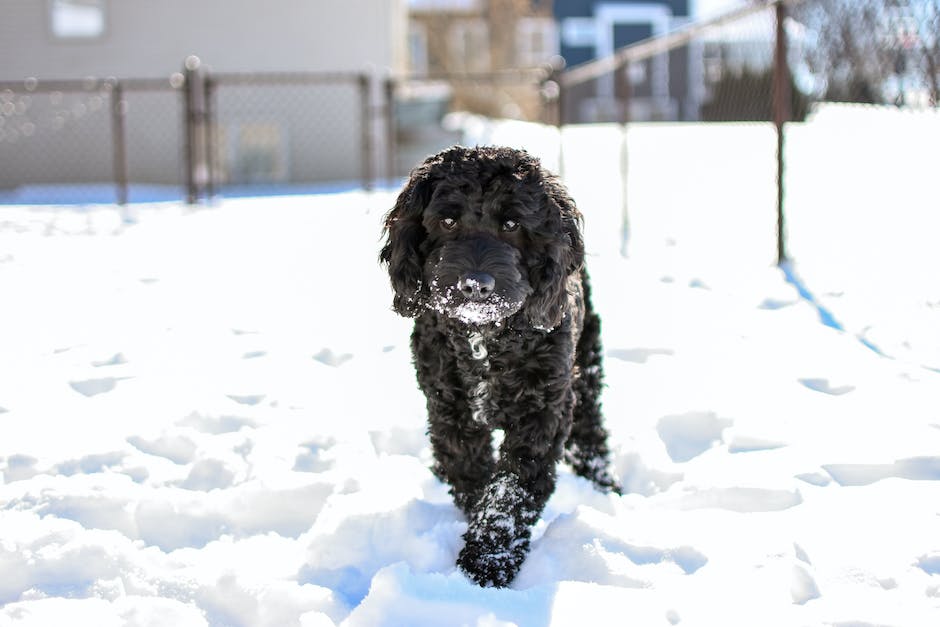
Now that you’re well-equipped with knowledge about Cockapoo shedding, you can better care for your furry friend’s coat and overall health. Remember, regular grooming and a balanced diet can make a world of difference in keeping your Cockapoo’s coat in top shape. And always consult a professional if you’re ever concerned about excessive shedding, skin issues, or other coat-related concerns. Happy grooming!
